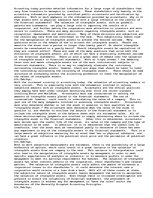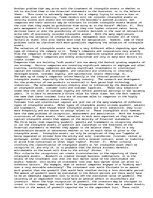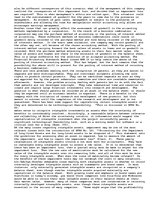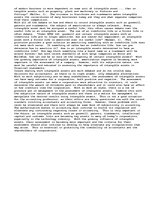-
Intangible Assets
Accounting today provides detailed information for a large scope of stakeholders that vary from investors to managers to creditors. These stakeholders rely heavily on the accounting information provided by certified public accountants and verification by auditors. With so much emphasis on the information provided by accountants, why is it that assets with no physical substance have such a large influence on the results of the financial statements? The valuation of intangible assets, such as goodwill, patents and trademarks, can play a large role in improving the results of a corporation, and further making the corporation more attractive to investors and more secure to creditors. There are many decisions regarding intangible assets, such as recognition, measurement and amortization. Many of these decisions are subjective and the results may vary from one individual to the next. This subjectivity leaves room for the manipulation of intangible assets to achieve the desired outcome. Many questions arise in the debate of how to account for intangible assets. Should one amortize the asset over a period no longer than twenty years? Or should intangible assets be reevaluated on a yearly basis? Should intangible assets be capitalized if they are created within? These are some of the many questions that arise with the discussion of intangible assets; all of which can have a drastically different outcome on the financial statements. …




